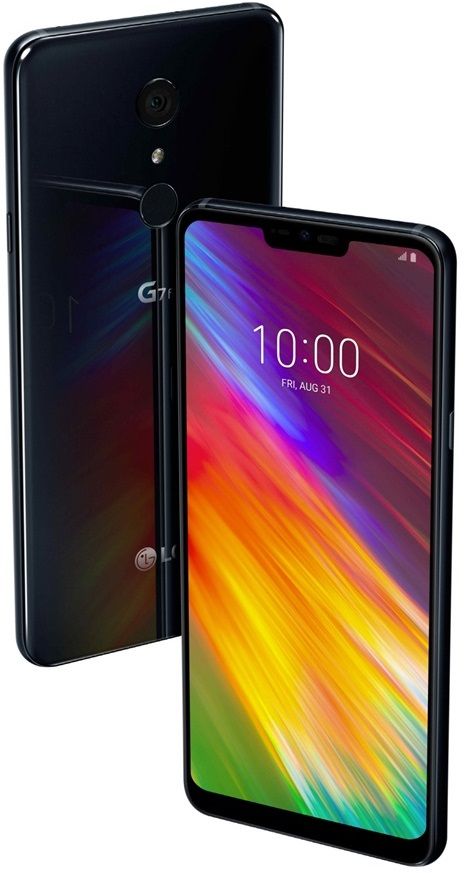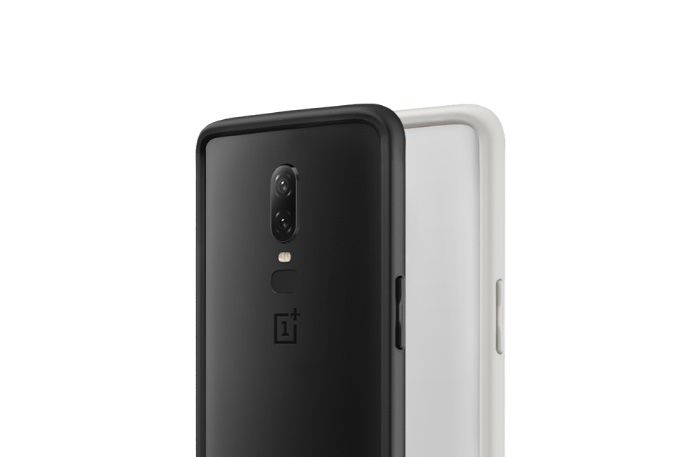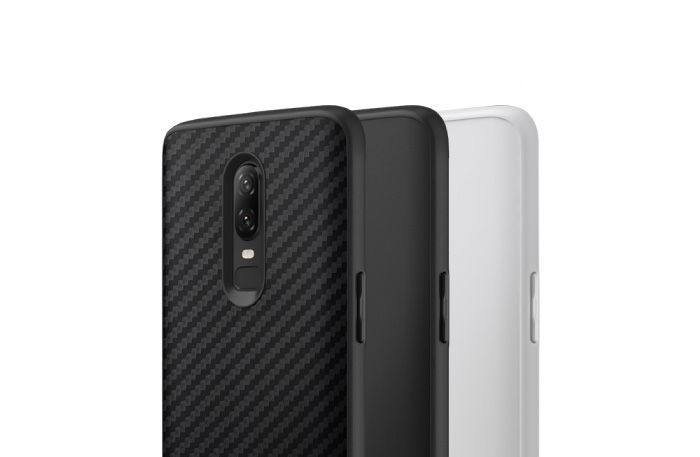
The Sony Xperia XZ2 might just be my favorite device of 2018. Since my very positive review, my impressions of the device have continued to be fairly positive. It is very snappy, has a great display, camera, battery life, and is continually updated by Sony with security patches within two weeks of Google. That isn't to say there aren't a few items that bother me about this phone, and in general, I feel that they are ones Sony really needs to mend if they plan any sort of larger market share than the small sliver they currently have from their flagships to their mid-range devices.
The things I still love
First, let's get the things I still love about my Sony Xperia XZ2 out of the way. As I mentioned earlier getting continuous and regular software updates from Sony have been a very pleasant experience. Not all is roses though. Sony recently promised an Android Pie update in largely the same time frame as Android Oreo even though the Xperia XZ2 had the—now abandoned—Android P beta running on the phone and the phone does not run Android 8.1 Oreo which are bummers. However, it is a benchmark other larger OEMs should look towards, that despite taking longer for feature roll-outs they can and should maintain continuous security patches. That software is also reliably fast. I have yet to have any slowdowns or performance issues with my software, although XDA Portal Contributor Eric Hulse has other thoughts about the Xperia XZ2 Premium, given that his has had some random reboots and odd crashes. Largely though, it is great software, skinned where needed to give Android some polish, and left alone where it doesn't need anything. The same goes for the camera.

I really love this camera, and while I could fight with people night and day about how a good photo is up to the eye of the beholder, others have noted its positive traits, especially low smoothing and high detail retention in most lighting conditions as well as true-to-life colors. Sony touted their Bravia powered display as a major selling point of the device and that holds up as well. Despite having to turn off the HDR up-converting-thing they have for anything but feature films, the display is bright and very colorful and to this day does not have any scratches or abrasions, something I cannot say about the back—more on that later. The front firing speakers—a rarity these days—are great to listen to podcasts with and although they do not get loud enough, there is zero distortion and they keep their quality at max volume.
I also still love the feel of the phone. Sony's 2018 design is polarizing and divisive and has likely turned away many fans and that backlash isn't without merit. However, once you hold the Sony Xperia XZ2, those issues quickly lose ground. It is nearly perfectly shaped to fit into the palm of your hand nicely, has no aggressive lines, and the frame has a solid texture and feel to it—it is a good phone to hold. It isn't perfect though, and I think Sony really dropped the ball on the choice of back glass coating. My Sony Xperia XZ2 looks like it has a year of abuse in three short months with scratches—mostly deep ones—marring the back, something I have never had on any other glass backed phone. This is mainly due to whatever coating they use but is also made worse by the fact that the device comes to a flat-ish point down the back where it rests on and cradles. It sucks and I wish I could have this in-hand feel without this fairly major downside, but you have trade-offs I guess. Finally, there is the battery life. It has been consistently reliable over the past nearly 4 months of ownership with the phone never dying on me unexpectedly or making me worry about if it was going to make it the whole day. The only time I have had to charge it late in the day was when my wireless charger died without me realizing it, and I went to work without looking at my battery only to find I had about 40% remaining. It is not something I even regularly look at or care about, the Sony Xperia XZ2 is how all phone batteries should be.
And the things I don't…
I could go on and on about the things I like about the phone, and for more detailed information check out my review. Now though, it is time to turn our attention to the things I think are holding Sony back, not just with the Xperia XZ2 but in the entirety of the market, especially at the premium end.
Product line cannibalization and a 6-month upgrade cycle
When people hear of Sony supporting the Xperia XZ2, Xperia XZ1, and Xperia XZ with Android Pie it sounds like a great thing, and it is, but it is a little less impactful when you realize those constitute only 18 months of devices and likely next month when the Sony Xperia XZ3 is announced, we will have 4 Sony flagships in 24 months. Add the Sony Xperia XZ Premium and Xperia XZ2 Premium devices that, unlike the Samsung Galaxy Note lineup, add very little in actual value and are very close to their mainstream brethren. We thus could have 6 flagship devices in 24-months. To make the situation even worse, the Xperia XZ2 Premium was announced before the Xperia XZ2's release, and within 60 days of the rumored Xperia XZ3 announcement.
It is hard to recommend a Sony phone to friends or others I speak with because there is quite literally always a new model right around the corner that will replace their current device. Sony has to stop this behavior because it only serves to totally cannibalize their resale values, causing even remotely savvy buyers to go second-hand and save up to $300 in two months, and it makes it very confusing about what Xperia device is currently the best to buy. Android phones already have a massive value problem 6 and 12 months out from release, but few outside of brands that are dying do worse than Sony. It goes without saying that you should not be buying a phone for its resale value, but when you lose hundreds the moment you "drive it off the lot" you have the Chrysler problem, and no one wants the Chrysler problem.
Software bugs and annoyances
My second major issue with Xperia devices are the software bugs. Now, I mentioned earlier that the software is quite stable and very snappy, but there are things that crop up that are annoying. Some popular ones are the camera crashing on launch, and while my device seems to have that fixed in recent updates, it still took a few months to do so. The phone also has the odd tendency to lose Smart Lock in the settings menu—just gone for no reason. This is also an issue that plagued Essential and Motorola, so it is likely more of a stock Android issue but none of my Google Pixels, OnePlus devices, or Samsung devices have ever had this issue, so it can be fixed.
Sony needs radio help, bad
Finally, we come to my biggest gripe about the Xperia XZ2 and the one that keeps me taking my SIM card out of it just to put it back in a few hours later—rebooting each time, thanks Sony—and that is the overall cellular, Wi-Fi situation. Again, I think this is a problem that OEMs with significantly fewer devices on the market have to deal with on live software, but it kills the experience. First off my Wi-Fi will just randomly stop working properly with a single access point. It is typically the same access points, and when it occurs there are low signal issues to contend with but it will cause the Wi-Fi to go into a loop of connecting, getting the IP address, disconnecting, and reconnecting over and over, all while another device sits right next to it perfectly fine.
The cellular situation in the U.S. is no better. I use the phone on T-Mobile, and while I have given up on ever getting VoLTE or WiFi Calling, the least I could ask for is reliable cellular, but that seems to be hit or miss too. Now, this does not seem to be an Essential PH-1 issue where cellular reception is just bad, this is purely software driven where it'll cling onto a Wi-Fi network far outside the possible range of that device before connecting to cellular, even with all the settings toggled. It will also poorly toggle between LTE and HSPA+—in my area, it should never hit H+—and get stuck on the slower speed until I toggle cellular data and then it immediately connects to full speed LTE.
Text messages also get stuck in this situation, and just today I had to reset my APN settings after a "configuration service download" failed to apply and left me with receiving but not sending messages for a few hours until I reset the APN and rebooted. These are issues that I do not face with my Google Pixel, my BlackBerry Key2, any Samsung device, and not even my OnePlus 6 even though this was something I had to sell my OnePlus 3 for. It is fixable, but Sony does not seem interested enough to bother doing anything about it, especially here in the U.S. where I didn't import my phone. I bought a U.S. device from a local Best Buy that should work a lot better than it does on my network, the only network it is somewhat compatible with.

Sony has been known for this behavior, making even simple things so frustrating by poor support it causes people to simply give up. I bought my Sony Xperia XZ2 open-box from Best Buy two weeks after I returned it for over $275 off the initial price I originally paid. It's a long story. You can shop on B&H Photo and Best Buy for open-box or Swappa for used models and save between $200 and $400 on mint-condition models despite being only a few months old. Although they have a small market share, they have a lot of returns and end up being phones that regular people cannot use as their daily driver and it tanks their value. This makes for a sad situation because behind these totally fixable issues is a really great phone. In the end, I cannot blame them giving up either, but that does not stop me from putting my SIM card in this phone nearly every day because it is a great phone if you can just get past the 'Sony Tax'. This isn't just applicable to the Xperia XZ line of flagships either. Many of these same issues go down the line to the successful and well-received Xperia XA2 series of devices that sit in the upper mid-range of the market, despite being more suited to solid mid-rangers.
But now, mint Sony Xperia XZ2's are going for $400—half their price just 3 months ago—and at that price, it is hard to find anything comparable and is absolutely something I would recommend if you can get past the issues I laid out in this article. However, Sony makes no money on the second hand market, and it is hard to see Sony making any money off returns and open-box deals. If Sony wants any opportunities at striking the U.S. and global market while LG and HTC are floundering, they have a few things they need to tend to… otherwise, they will eternally be "other."
from xda-developers https://ift.tt/2MU1ix8
via IFTTT














































